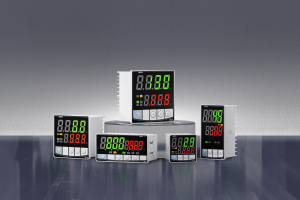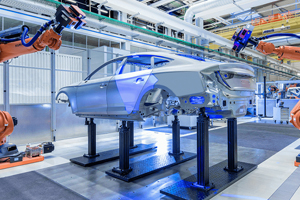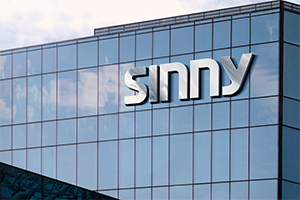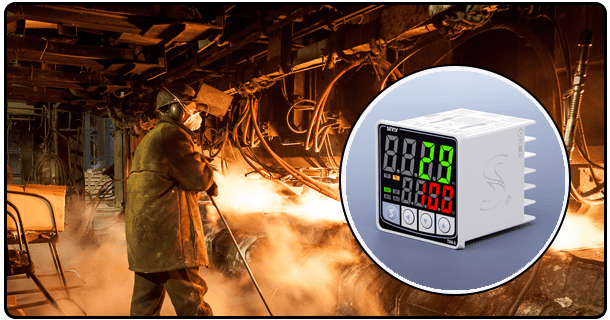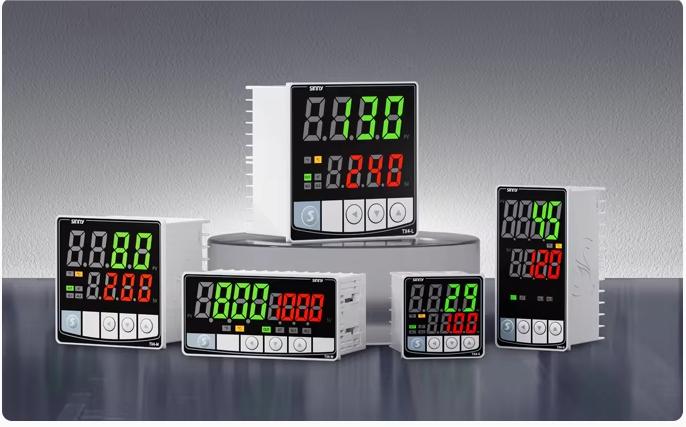PID Sous Vide Controls: Precision of +-0.1degC for perfect results
Learn how PID temperature controls revolutionize sous-vide cooking. Discover how to create restaurant-quality food at home with DIY setups and product comparisons.
I. I. Introduction
Temperature precision is key to achieving sous vide-quality results. Unlike basic thermostats that permit frustrating fluctuations, PID (Proportional-Integral-Derivative) controllers maintain water baths within +-0.1degC--transforming home kitchens into professional culinary labs. It eliminates the problem of overcooked protein and uneven textures. This is a must-have for those who are looking to achieve perfection.
II. What is Sous Vide cooking?
by keeping temperatures higher than thresholds for pathogen growth (e.g. 55degC in pasteurization). According to Serious Eats, sous vide is a scientific method that revolutionizes the texture and taste of vegetables and proteins.
III. What Standard Sous Vide Tool Fall Short
Hysteresis is a problem that plagues many entry-level sous vide machines. It occurs when the thermostats are rudimentary and do not detect temperature changes in time to adjust heating. Inefficient thermostats can cause oscillations between 2-5degC, which lead to inconsistent results. Slow response time prolongs recovery when cold food is added to the bath. This increases the risk of bacterial growth within the "danger zones" (between 4-60degC). These problems are exacerbated by energy waste, since heaters continually overshoot their target temperature and then correct. These limitations highlight the need for intelligent control systems that can dynamically calibrate.
IV. The PID controllers explained
The PID controllers use a three-part algorithm for thermal stability optimization:
Proportional (P).: Adjusts the power output in proportion to the error.
Integer (I) : This method eliminates residual errors by adding up past deviations. It ensures long-term accuracy.
Derived (D) : Predicts future changes using temperature rate, preventing overshoot.
This system is able to achieve an equilibrium that would be impossible with traditional thermostats. Control.com speaks about industrial applications and the superiority of PID in environments that require precision.
V. What makes PID ideal for Sous Vide?
Three key advantages make PID controllers ideal for sous vide applications:
Precision : Maintaining stability of +-0.1degC preserves delicate textures such as silky 63degC yolks and tender medium rare steak.
Quick Recovery: The integral action reduces the temperature drop when food is added, and recovery times are reduced by up to 50% compared with thermostats.
Energy Efficient By eliminating the overheating cycle, PID system reduces power consumption up to 30 percent, according to Modernist Cuisine’s energy studies.
PID is the standard in food safety and quality.
VI. Installing a DIY PID controller for Sous Vide
These components are required to build a PID controlled sous vide system:
PID controller Inkbird SYL-2350 (for advanced programmability) or Inkbird's ITC-308.
Heat Element Immersion heaters (1000W), or modified slow cookers.
Sensors and Relays : waterproof PT100 thermocouple (and 40A SSR).
Power Supply : AC Source 110V/220V with GFCI Protection.
Assembly Protocol
Connect the input terminals of the PID to the thermocouple.
Connect the SSR to the PID control output.
All connections should be placed in an enclosure that is waterproof.
The PID auto-tune feature will be activated when the probe is submerged. Calibrate the PID at 60degC.
Instructables has illustrated tutorials for waterproofing and failsafe mechanisms.
VII. Comparison of top PID controllers for sous vide
Model
Accuracy
Easy to Use
Price
The Best for
Inkbird ITC-308
+-0.3degC
Plug-and-play
$40
Beginners
Auber SYL-2352
+-0.1degC
Customisable
$110
Users with advanced skills
Raspberry Pi DIY Kit
+-0.2degC
Tech-intensive
$60
Hobbyists
Key Insights
Inkbird is a simple and easy-to-use program with preset settings.
Auber offers multi-stage cooking to support complex recipes.
The DIY kits, such as Arduino-based ones, offer endless customization. However they require coding expertise.
VIII. PID Tuning Tips For Sous Vide
Analyze performance and optimize it through systematic calibration
Auto Tuning Fill up the bath and set your target temperature. Then, start auto-tuning. PID calculates P, D, and I values automatically during heating/cooling cycles.
Manual Ajustments
Reduce the P-value (e.g. from 80 to 50).
Slow Stabilization: Increase I (e.g. 0.01-0.05).
To dampen oscillations, raise the D-value (e.g. 1 to 5).
Check the stabilization times by changing settings in 5degC increments (e.g. 30degC to 35degC).
IX. IX.
Critical measures
To prevent the ingress of water, place electronics inside boxes with an IP67 rating.
Containers with locking lids will prevent evaporation when cooking for long periods.
Monitor water levels hourly; low volume risks heater damage.
Food Safety Always refer to USDA pasteurization tables for specific time/temperature combinations. Salmonella can be eliminated from poultry by heating it to >=74degC over 15 minutes.
X. Conclusion
The PID controllers eliminate the limitations inherent in traditional sous vide. They deliver micrometer-accurate thermal control to ensure perfect culinary results. Commercial PID circulators are convenient, but DIY integrations offer precision to budget-conscious inventors. Inkbird ITC-308 is a great entry-level product for immediate results. Mastering PID tech is more than just a piece of equipment. It empowers chefs to use food science principles confidently. Try tuning the parameters, and then share with us your success stories in the comments!
- Guide to Industrial Control: SSR and Mechanical Relays for PID Temperature Control
- Is PID controller imports a cost-saving gem or a quality gamble? Expert Analysis


